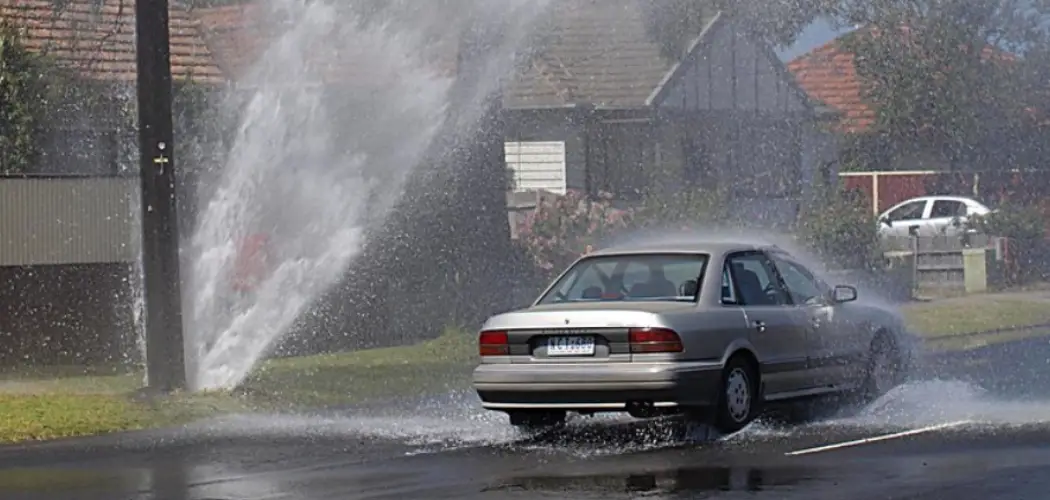Water pipe bursts can cause extensive damage to your home and property. It is crucial to know how to turn off the water in case of a burst or leak. By knowing how to turn off the water, you can prevent further damage and save yourself from expensive repairs.
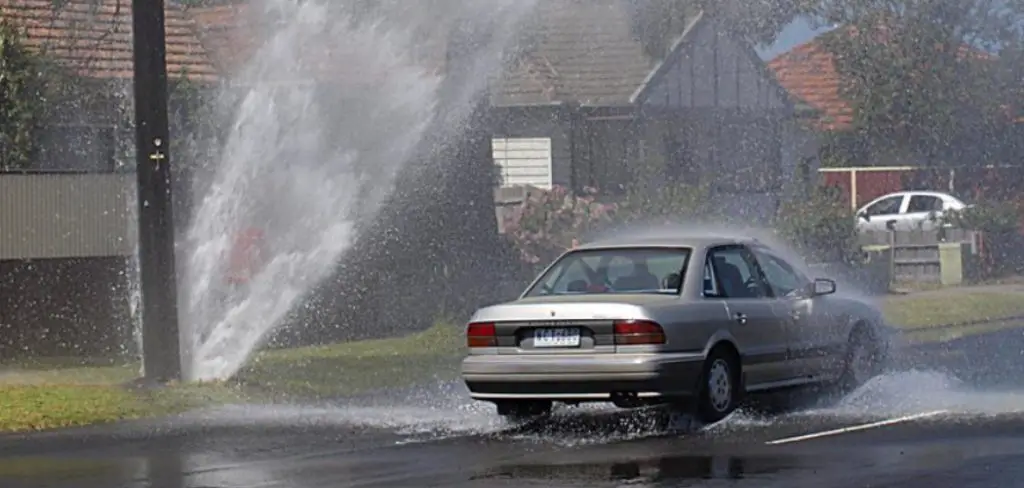
The main advantage of turning off water pipe burst is that it can save you a lot of time, money and frustration. Water pipe bursts are not only expensive to repair but they can also cause significant damage to your property if left unchecked. You can find step-by-step instructions on how to turn off water pipe burst in this blog article.
Step-by-step Instructions for How to Turn Off Water Pipe Burst
Step 1: Inspect the Pipe
Before you can turn off a burst water pipe, you first need to locate it and assess its condition. Inspect your pipes regularly or as soon as you suspect there is a leak. Look for signs of corrosion, dripping, puddles of water, discoloration, bulging or other types of damage.
Step 2: Turn Off the Main Water Supply
The main water valve is usually located near your water meter outside or in the basement. Once you have found it, turn it off by rotating the handle clockwise until the valve cannot be turned any further.
To prevent damage to your water heater, turn it off immediately after shutting off the main water supply. If your water heater is electric, switch off the circuit breaker. If it runs on gas, turn the valve on the gas line to the “off” position.
Step 3: Drain Faucets
To drain any remaining water from your pipes, open all faucets and flush toilets until there’s no more running water. This will help reduce pressure in your plumbing system and limit further damage. Don’t forget to turn off the water for appliances like washing machines and dishwashers as well.
Step 4: Find the Burst Pipe
Once all faucets have been drained, check each of your pipes for any signs of burst or damaged sections. If you cannot find a visible leak, try running your hand along the pipe to feel for any abnormalities. Use a marker or masking tape to mark the location of the burst pipe. This will help you easily identify it when repairs are being made.
Step 5: Prepare for Repairs
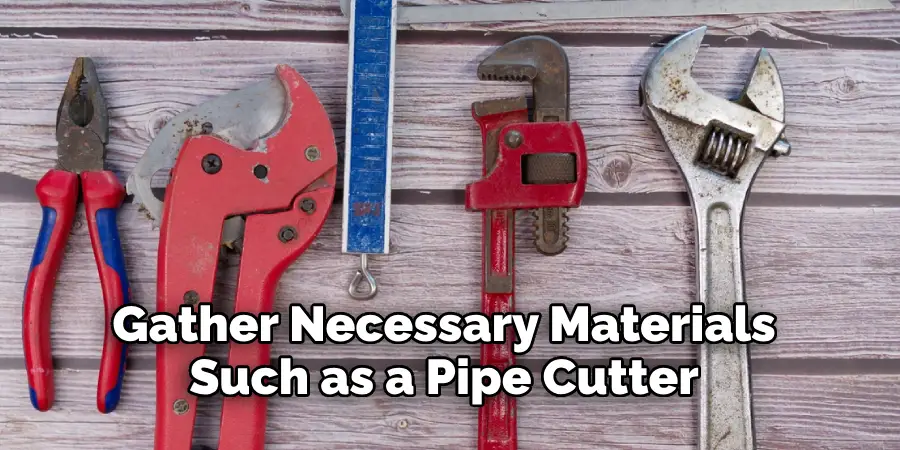
Gather necessary materials such as a pipe cutter, replacement pipe, and repair clamps before attempting any repairs. Make sure you have all safety gear on hand, such as gloves and safety glasses. Use a pipe cutter to remove the damaged section of the pipe, ensuring clean and straight cuts on both ends. This will make it easier to fit in a replacement piece.
Step 6: Install Replacement Piece
Fit in the replacement piece by sliding it onto one end of the cut pipe and then sliding the other end into it. Secure both ends with repair clamps and tighten them using a screwdriver. Once repairs are completed, turn the main water supply back on by rotating the valve counterclockwise until it’s fully open. Check for any leaks and run faucets to flush out any air in the pipes.
Prevention is key, so make sure to regularly inspect your pipes and address any issues before they become major problems.
Safety Tips for How to Turn Off Water Pipe Burst
- Always turn off the water supply before starting any plumbing work.
- Know the location of your main water shut-off valve. It is usually located near the water meter or where the main pipe enters your home.
- If you have a burst pipe, shut off the main water valve immediately to prevent further damage and flooding.
- Don’t wait until an emergency happens to locate and label your main water shut-off valve. Make sure all family members know its location and how to turn it off.
- In case you cannot find or access the main water shut-off valve, turn off the electricity supply to prevent any potential hazards.
- Keep a pipe repair kit handy for quick fixes in case of minor leaks or bursts.
- Regularly check your pipes and plumbing system for any signs of wear and tear to prevent unexpected pipe bursts.
Water pipe bursts can be unpredictable and cause a lot of damage if not handled properly. Therefore, it is crucial to know how to turn off the water supply in case of an emergency. Following these safety tips will help you handle a burst pipe efficiently and minimize its consequences.
What Are the Main Causes of Water Pipe Bursts?
Water pipe bursts can cause serious damage and inconvenience to homeowners. It is important to understand the main causes of water pipe bursts in order to prevent future incidents from happening. Here are some of the most common reasons why water pipes burst:

- Freezing Temperatures: This is one of the leading causes of water pipe bursts. When temperatures drop below freezing, the water inside the pipes can freeze and expand, causing the pipes to burst.
- Corrosion: Over time, water pipes can corrode due to age or exposure to certain chemicals in the water. This corrosion weakens the pipes and makes them more prone to bursting.
- High Water Pressure: Excessive water pressure can cause stress on the pipes, leading to cracks and bursts.
- Tree Roots: Tree roots can grow into underground water pipes, causing them to crack and burst.
- Poor Installation: If the water pipes are not installed properly, they can be more susceptible to bursting.
How Can You Prevent Water Pipe Bursts From Occurring?
Water pipe bursts can be a major inconvenience and even cause extensive damage to your property. Knowing how to turn off the water supply in case of a burst is crucial in preventing further damage. In this article, we will discuss steps you can take to prevent water pipe bursts from occurring.
1. Regular Inspections
One of the main causes of pipe bursts is corrosion or wear and tear over time. Regular inspections of your water pipes can help identify any potential issues before they become a major problem. Look out for signs of rust, leaks, or bulging in the pipes and address them immediately.
2. Properly Maintain Your Water Pipes
Proper maintenance of your water pipes can also prevent pipe bursts. This includes cleaning out any mineral deposits that may build up over time and cause blockages. You should also ensure that your pipes are properly insulated to prevent freezing during colder months.
3. Know the Location of Your Main Water Valve
In case of a pipe burst, it is essential to know where your main water valve is located. This valve controls the flow of water into your property and shutting it off can stop the water supply, preventing further damage. The main water valve is typically located near the water meter, usually in your basement or outside of your property.
4. Shutting Off the Water Supply
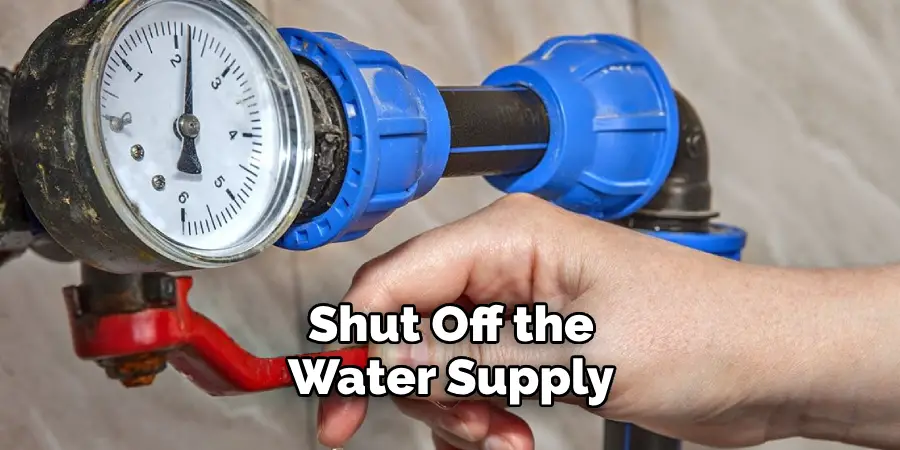
Knowing how to shut off the water supply can save you time and prevent extensive damage. In most cases, turning a handle clockwise will shut off the main water valve. However, some valves may require a special tool, such as a wrench. It is important to familiarize yourself with the type of valve you have and how to shut it off properly.
Are There Any Warning Signs That Indicate a Potential Burst in the Water Pipe?
If you are a homeowner, one of your biggest fears might be a burst in the water pipe. This can lead to significant damage to your property and result in expensive repairs. However, if you know how to turn off the water pipe in case of a burst, you can minimize the damage and save yourself from additional costs. There are a few warning signs that you can look out for to prevent a major disaster.
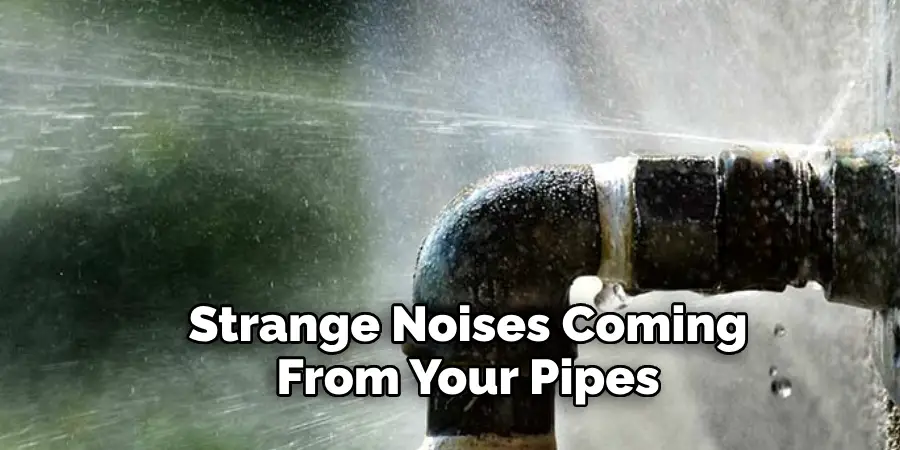
- The first and most obvious sign is water leakage. If you see any visible leaks, dampness or moisture around your pipes, it’s a clear indication of a problem. Don’t ignore even the smallest leak as it could be an early sign of a burst.
- Another warning sign is low water pressure. If you suddenly notice a decrease in the water flow from your faucets or showerheads, it could mean that there is a blockage or damage in the pipes. This can lead to increased pressure and eventually cause a burst.
- Strange noises coming from your pipes, such as banging or gurgling sounds, can also indicate an issue. This could be due to air trapped in the pipes or a blockage that is causing water to flow irregularly.
- Another red flag is discolored water. If your tap water appears cloudy, brown or yellowish, it could mean that there is rust or sediment buildup in the pipes. This can weaken the walls of the pipe and make it more prone to bursting.
If you notice any of these warning signs, it’s important to act fast and turn off the water supply to prevent a burst. So, let’s discuss how you can turn off your main water line in case of an emergency.
Conclusion
In conclusion, knowing to turn off water pipe burst is a crucial skill that everyone should have. Not only can it save you from potential damage and costly repairs, but it can also prevent any potential safety hazards. By following the simple steps outlined in this blog post, you can quickly and effectively shut off your main water supply in the event of a pipe burst.
Remember, prevention is always better than cure. Regularly checking and maintaining your pipes and plumbing system can help prevent pipe bursts from happening in the first place.
Additionally, being aware of warning signs such as changes in water pressure or unusual noises coming from your pipes can also help you catch any potential issues before they escalate. I hope reading this post has helped you learn how to turn off water pipe burst. Make sure the safety precautions are carried out in the order listed.

